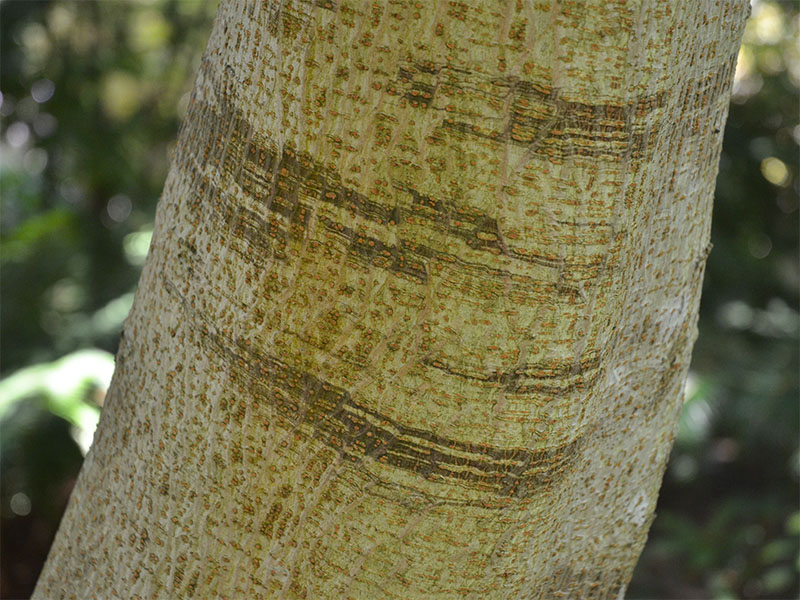| General Description | A fast-growing dioecious tree. |
| Shape | Broad rounded crown. |
| Landscape | Used as a shade tree or street tree in some areas, but females may become invasive. |
| Propagation | Propagate by seed. |
| Cultivation | Grow in full sun in a rich, moist, well-drained soil. Will tolerate a wide variety of soil types, as well as a wide range of moisture conditions and pollution. |
| Pests | Canker, leaf spot and root rot may cause problems. |
| Notable Specimens | Westonbirt, The National Arboretum, Tetbury, Gloucestershire, England. |
| Bark/Stem Description | The bark is grey, becoming furrowed and changing colour slightly to grey-brown as the tree matures. |
| Leaf Description | Leaves are up to 20 cm long, dull green in colour, with a variable shape, turning a pleasing yellow-green in autumn. |
| Flower Description | Flower are pale green, with males appearing in catkins 7.5 cm and females appearing in rounded flower heads. |
| Fruit Description | Fruit only appears on female trees, are reddish-purple to orange in colour and aggregate in balls. The fruit is a favourite of wildlife. |
